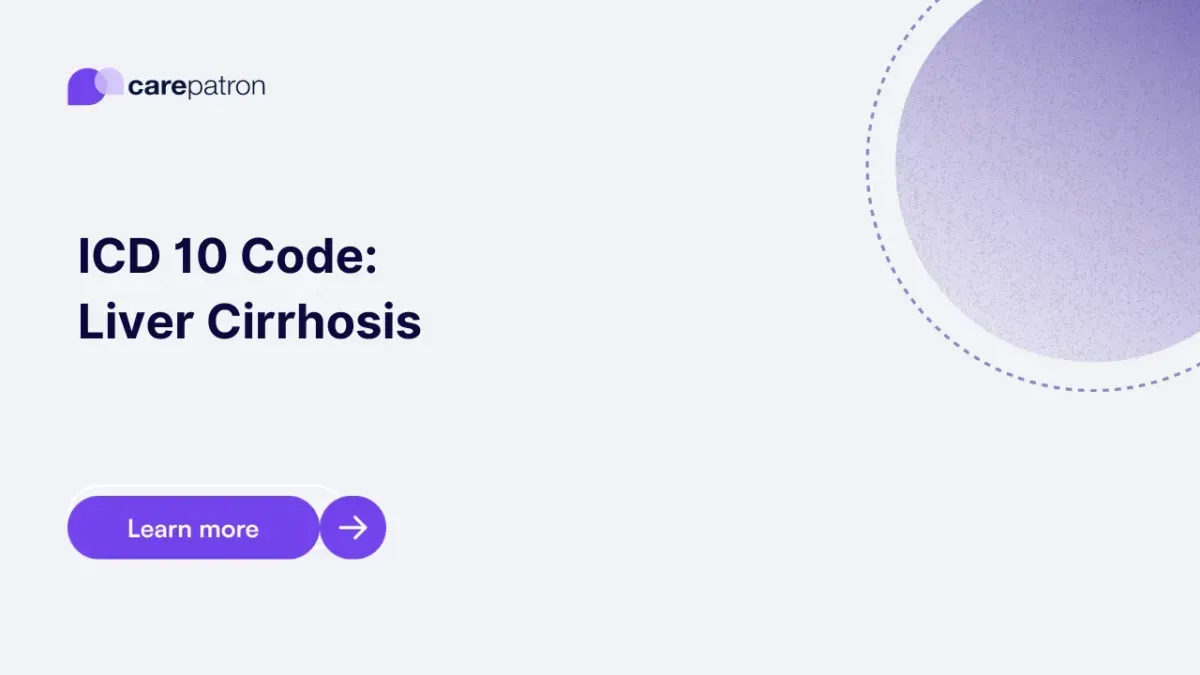
Liver Cirrhosis ICD-10-CM Codes
Read this short guide and learn about liver cirrhosis ICD codes you can use.
Use Code
Commonly asked questions
No. Some of these liver cirrhosis-related ICD-10 codes aren’t, but it’s best not to use those because they are invalid.
Healthcare professionals will conduct blood tests, imaging tests, and liver biopsies.
The damage caused by liver cirrhosis is permanent, so the goal is not to treat it but to manage it. Medications will be administered to treat underlying conditions that lead to the problem in the first place, and depending on the complications, professionals might conduct specific procedures. Lifestyle and diet changes will likely be recommended so that patients can follow a plan that reduces stress on the liver.
EHR and practice management software
Get started for free
*No credit card required
Free
$0/usd
Unlimited clients
Telehealth
1GB of storage
Client portal text
Automated billing and online payments
